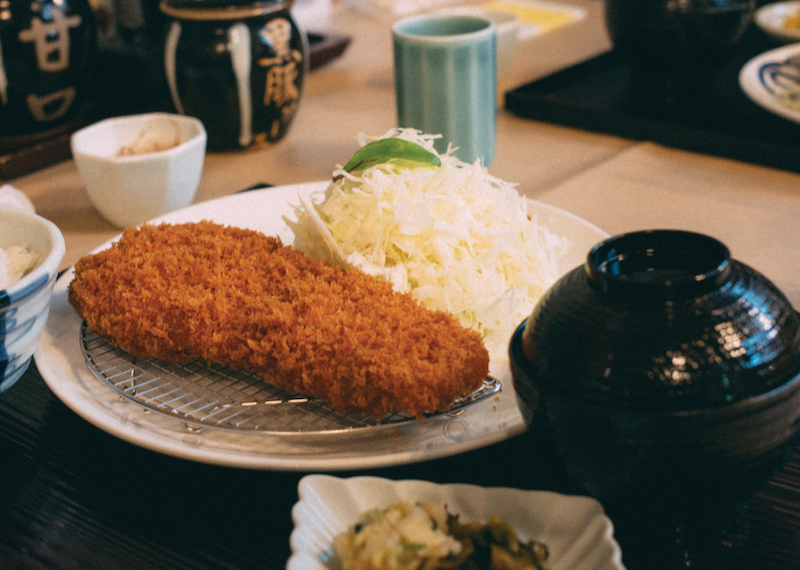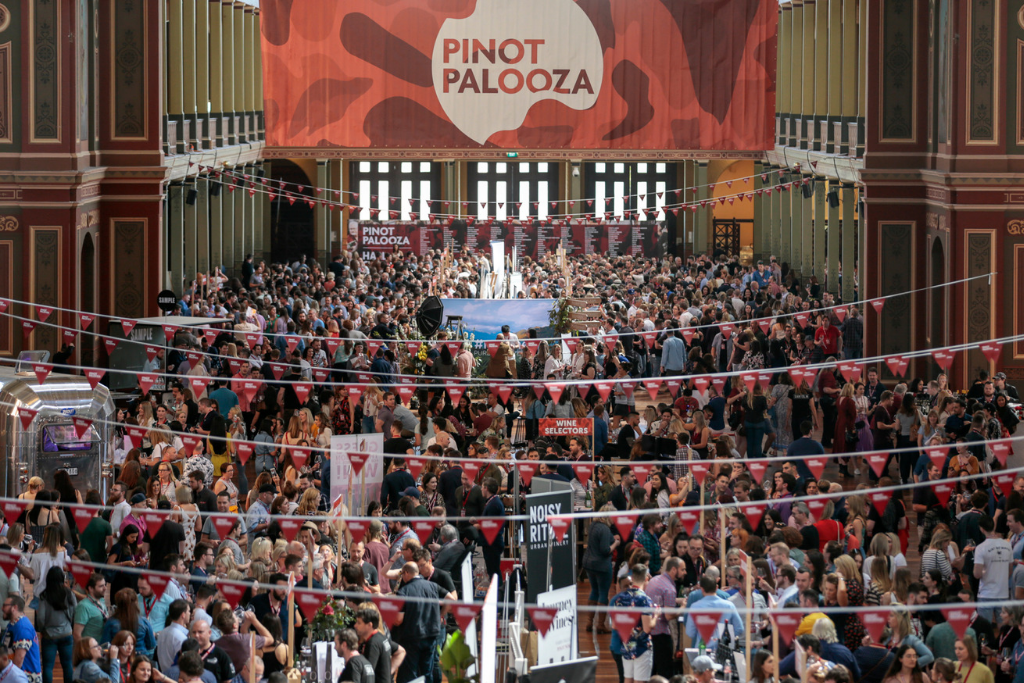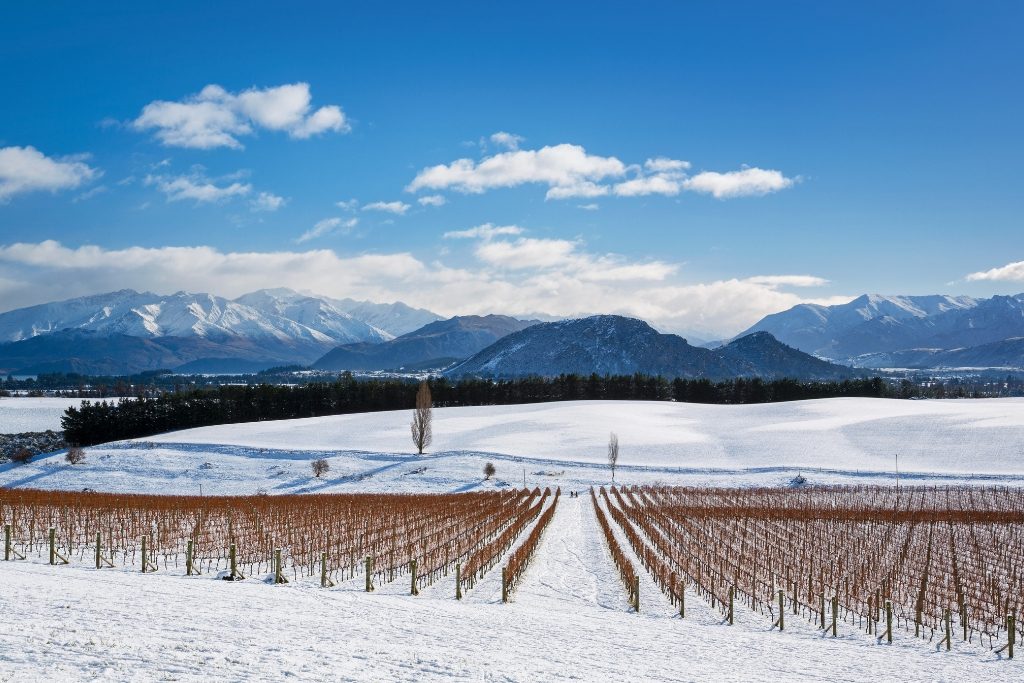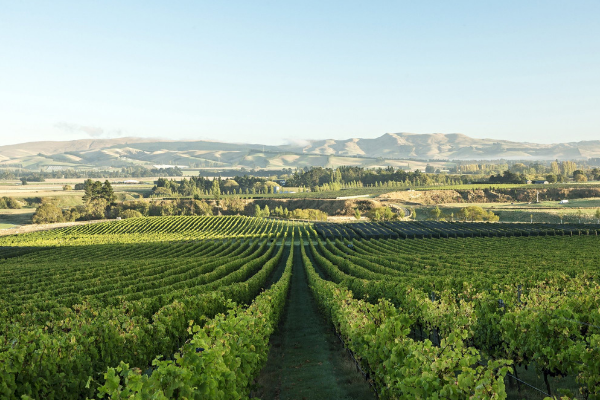Did you know that Germany is the third largest producer of pinot noir in the world? A bastion of beer and bratwurst it may be, but Deutschland has almost 30,000 acres planted to pinot across the country. What a thing! More importantly, pinot noir produced in Germany is on the rise and rise in the cool stakes: The fancy-haired, wine-pouring glitterati have started to shift their gaze from Burgundy to look to a coterie of emerging pinot noir wine producing regions and the svelte, vibrant styles found in a variety of German winegrowing regions are increasingly sexy and appealing.
Yes, you’ll have to work towards some of the more dedicated, artisan producers but seeking out best wines is always a fun quarry. Identifying best German pinot noirs is, as with most rising wine trends, not without landmines, so let’s work through some of the identifiers to get you on your way.
If you’ve ever seen the word ‘Spätburgunder’ on a wine bottle, then your nose is already pointing in the right direction. Spät translates from German to something akin to ‘late-ripening’, while the word burgunder translates to mean ‘pinot’. That being said, German producers have modernised to often include ‘pinot noir’ on labels. The personal approach of the winemaker is inherent in using the traditional local word or the appropriated French version.
The growth of German pinot noir comes off the back of its low key reputation up until around a decade or so ago. Sure, you could forage for the purists and loyalists who have toiled at the variety for generations, but generally speaking most pinot noir from Germany was seen as lean, crudely produced and riddled with ‘green characters’ described by science as pyrazines.
The last decade’s turn around includes the use of better clones of pinot noir in vineyards alongside improved winemaking practices, particularly less extraction of flavour from grapes during the winemaking process and better use of higher quality barrels and other vessels.
Coupled to this improved viticulture and oenology comes the emergence of a younger generation of wine producers who are reimagining the world of German pinot noir through a pioneer, avant-garde approach to the style. Earlier harvesting, more inclusion of whole bunch in fermentation, better quality, less overt oak overlay and a looser interpretation of pinot noir’s direction, have all conspired in better and more interesting wines.
So, what else to look for in the myriad of pinot produced on German soils? Well, regions are important things: climates vary wildly, soil profiles are diverse, regional identity for pinot noir is a work in progress, though there are some generalisations coming about.
Famed wine regions that produce landmark riesling wines, like Rheinhessen, Pfalz and Mosel, are sidelined for less-revered winegrowing areas when it comes to pinot noir. Ahr (which is where half the plantings of all pinot noir in Germany are) and the vineyards of Baden, Franken and Württemberg take centre stage. The former regions typically produce pinot noirs of more skeletal and linear nature while the Ahr, Franken and Baden seem to elicit fuller flavour and a sense of greater power, though best wines of course manage inward concentration and restraint over robustness.
While many seek wines that ape the great wines of Burgundy or chase down that expectation of quality, benchmark wines from Germany producers are typically more expressive, less lavished with oak and sinewy tannin and are beacons for their understatement.
Ultimately, the success of German pinot noir is multifaceted. Diversity, personality and drinkability are increasingly on its side and the presentation of a variegated pinot noir offering is exciting. German pinot noir’s major strength is in its delicacy, ability to translate a sense of ‘purity’, and, when produced with a gentle hand, high drinkability.
TRY THESE
Bernhard Huber (Baden)
Perhaps the benchmark for ‘high quality’ with elegance, precision, understated power on their side, with many cuvees rivals to great Burgundies or wines of NZ, Australia and west coast USA
Zieriesen (Baden)
A charismatic, organic, natural wine producer straddling the Swiss border and employing a variety of unique approaches, including the use of amphorae.
Trossen (Mosel) [pinot noir and dornfelder blend]
Out of the box producer from Mosel with a focus on expressive, wild-edged riesling but here with a bright, crunchy, charismatic red blend (across a few iterations)
Heymann-Lowenstein Pinot Noir vom Schiefer (with Zieriesen)
A collaboration between landmark riesling producer Heymann-Lowenstein and friend, Zieriesen. This one of wine is eccentric and very delicious.
Öknomierat Rebholz (Pfalz)
Fine, bony, pretty pinot noirs of brisk acidity, amaro-like tang and vivaciousness from this organic/natural wine vigneron
Koehler-Ruprecht (Pfalz)
Succulent, silky, long-lived and very fine pinot noirs from this organic, low-intervention wine producer. Sleek, satiny expressions emerge.
Keller (Rheinhessen)
Riesling may be the focus but seek out the rare cuvees of pinot noir. There’s always a sense of ‘mineral presence’ in these wines and they start off their lives quite tight.
Markus Molitor (Mosel)
Upmarket pinot noirs of depth and generosity but a good deal of control despite the comparative extra heft. An exciting producer for benchmark pinot noir of Germany.














